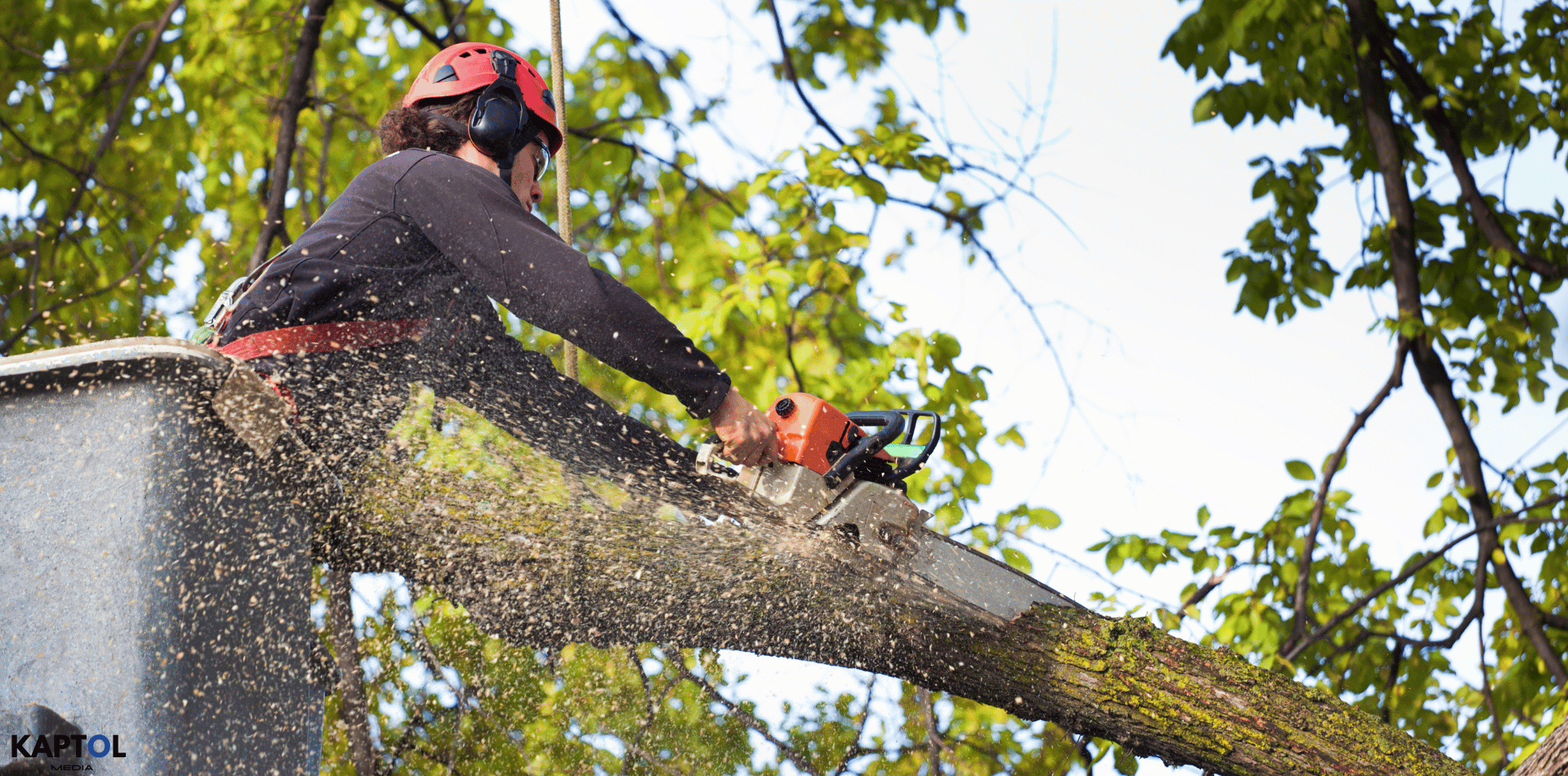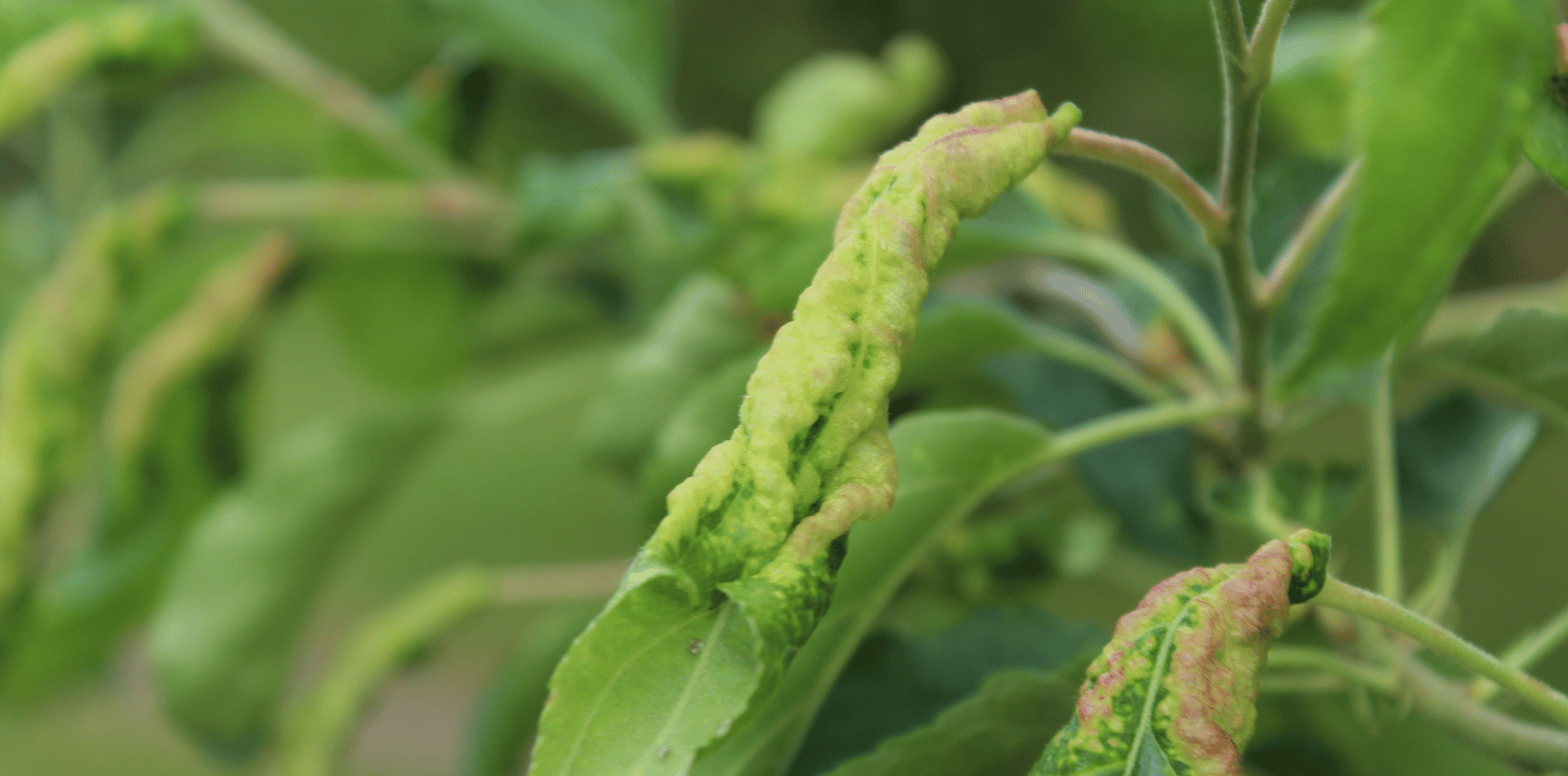7 Essential Tree Removal Mistakes To Avoid
7 Essential Tree Removal Mistakes you need to avoid!
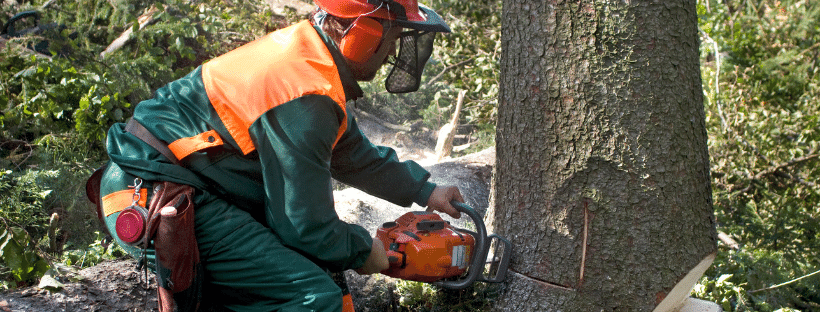
So, it's time to remove that tree from your garden!
Easy, just get the old chainsaw out and take it down!
Before you put yourself and your family at risk, here's a few things you must think about.
We all love trees, they clean the air we breathe and they give us shade on those lazy summer days. A beautiful, healthy tree can add value to your home and even attract some local wildlife to make a home.
There is a time, however, that your favourite tree might present a risk to your family or your home and needs to be removed.
Here are some common mistakes to avoid when removing a tree:
Failing to call utility companies: Before starting the tree removal process, it's important to call your local utility companies to mark any underground utility lines.
Cutting too much of the tree at once: When cutting down a tree, it's important to make cuts in the proper sequence to ensure the tree falls in the desired direction. Cutting too much of the tree at once can cause it to fall unexpectedly.
Not having a plan: Before removing a tree, it's important to have a plan in place for how the tree will be taken down and removed. This includes considering the location of the tree, the surrounding landscape, and any potential hazards.
Using improper equipment: Using the wrong equipment or using equipment improperly can be dangerous and can also damage the tree or surrounding property. It's important to use the correct tools and to follow proper safety procedures when using them.
Not paying attention to the surrounding area: When removing a tree, it's important to be aware of your surroundings and to take precautions to protect nearby structures, utility lines, and people.
Ignoring local regulations: Some areas have regulations governing the removal of trees. It's important to check with your local authorities and obtain any necessary permits before starting the tree removal process.
1. Be aware of what's around you.
When undertaking tree maintenance tasks, especially those as significant as felling a tree or deadwooding, situational awareness is paramount.
The complexity and inherent risks of these tasks are compounded by the immediate environment, which can include a variety of potential hazards. Both homeowners and professionals must meticulously plan and prepare to mitigate risks not only to themselves but also to the surrounding property and infrastructure.
It's difficult, even for a professional, to make a tree fall exactly where you want.
Check for hazards like power lines or other utilities. Is it possible the tree will fall onto your house, fences, garages or sheds? Where's your car? Make sure there is nothing lying around you could trip on while using a chainsaw.
Evaluating the Environment
Before any tree work begins, a comprehensive evaluation of the environment is essential.
This evaluation should identify:
- Proximity to Power Lines: Trees close to power lines present a significant hazard. Contact with power lines can result in electrocution or cause power outages. In many cases, utility companies should be consulted before work begins near power lines.
- Nearby Structures: Assess the tree's proximity to houses, garages, sheds, and other structures. The potential for a tree or branches to fall on these structures requires careful planning to avoid damage.
- Fencing and Other Property Features: Fences and other property features can be damaged during tree work. Identifying these beforehand allows for the development of strategies to protect them.
- Vehicles: Ensure that cars, trucks, or other vehicles are moved out of the potential fall zone of the tree or branches.
- Ground Hazards: Survey the work area for potential trip hazards, such as tools, branches, rocks, or uneven ground, especially when using a chainsaw or other heavy equipment. A clear work area minimizes the risk of accidents.
Planning and Execution
- Directional Felling: While it's difficult to guarantee the fall direction of a tree, techniques such as directional felling can help guide the tree towards a safer landing area. This often involves strategic cuts and the use of ropes or mechanical equipment.
- Escape Routes: Always plan at least two escape routes away from the fall path of the tree or branch. These routes should be clear of obstacles and lead to a safe area.
- Professional Assessment: For large trees or those in complex environments, a professional arborist's assessment can be invaluable. Arborists can develop a detailed plan that considers the tree's size, health, lean, and the surrounding environment to safely conduct the work.
- Communication: Keep everyone informed of the work being done. This includes family members, neighbors, and any passersby. Establishing a clear perimeter around the work area can prevent unintended entry.
Safety Precautions
- Personal Protective Equipment (PPE): The use of appropriate PPE (e.g., helmets, eye protection, gloves, chainsaw chaps, and hearing protection) is crucial for anyone involved in the tree work.
- Chainsaw Safety: Familiarise yourself with the chainsaw's operation and safety features. Always use the chainsaw within its operational guidelines and capabilities.
- Emergency Preparedness: Have a first aid kit readily available and ensure that at least one person on-site is trained in basic first aid. Know the location of the nearest medical facility and have a means of communication in case of an emergency.
The complexities of tree work, particularly in environments with potential hazards, underscore the importance of thorough planning, situational awareness, and safety precautions. Whether you're a homeowner or a professional, understanding and respecting the risks associated with tree maintenance can prevent property damage, personal injury, or worse. When in doubt, the expertise of a certified arborist can be a valuable resource in ensuring the job is done safely and effectively.
2. Ensure you wear protective gear
The importance of wearing protective gear, or Personal Protective Equipment (PPE), cannot be overstated when it comes to tree work, whether it's pruning, deadwooding, or tree removal.
The nature of working with trees inherently involves risks from falling branches, flying debris, the use of power tools like chainsaws, and even the potential for falls from heights.
Professional tree specialists and arborists mitigate these risks by adhering to strict safety protocols, which include wearing specialized PPE. For anyone involved in tree work, the following protective gear is essential:
To avoid injury, professional tree specialists and arborists always wear specialised protective gear (PPE).
Hard Hat
- Protection from Impact: A hard hat protects the head from falling branches, debris, and other impacts. Tree work often dislodges material that can fall from significant heights, making head protection critical.
- Types of Hard Hats: Choose a hard hat designed for industrial or construction use, ensuring it meets safety standards such as those set by the American National Standards Institute (ANSI) or equivalent in your country.
Protective Eyewear
- Shielding the Eyes: Eyewear protects against flying wood chips, dust, and other particles that can cause eye injuries. When using power tools, the risk of projectiles increases significantly.
- Types of Protective Eyewear: Safety glasses with side shields, goggles, or face shields are suitable options. Look for eyewear that meets ANSI Z87.1 or similar standards for eye and face protection.
Gloves
- Hand Protection: Gloves guard against cuts, abrasions, and blisters. They also provide a better grip on tools, which is crucial for safety when working with chainsaws and other equipment.
- Choosing Gloves: Select gloves that offer a balance between protection and dexterity. Heavy-duty leather gloves are a common choice for tree work, but there are also specialized gloves for chainsaw use that provide additional protection against cuts.
Additional Recommended PPE
While hard hats, protective eyewear, and gloves are the minimum protective gear, the following items are also highly recommended for comprehensive protection:
- Hearing Protection: Chainsaws and other power tools generate high noise levels that can lead to hearing damage over time. Use earplugs or earmuffs to protect your hearing.
- Chainsaw Protective Clothing: Special clothing designed to resist chainsaw cuts, such as chainsaw chaps or pants, can provide critical protection for the legs, which are particularly vulnerable during chainsaw operations.
- Protective Footwear: Steel-toed boots with nonslip soles protect feet from falling objects and provide stability and traction to reduce the risk of slips and falls.
- High-Visibility Clothing: Brightly colored vests or jackets help ensure the wearer is visible to others, especially when working near roads or in areas with vehicle traffic.
Safety First
- Training: Alongside wearing the correct PPE, it's essential to have proper training in the equipment's use and the tasks at hand. This includes understanding the operational safety features of tools like chainsaws and being familiar with techniques for climbing, cutting, and handling materials safely.
- Regular Inspection and Maintenance: PPE should be regularly inspected for wear and damage and maintained according to manufacturer instructions. Damaged or defective PPE should be replaced immediately.
Wearing the appropriate protective gear is a fundamental aspect of tree work safety. By equipping themselves with the right PPE, individuals can significantly reduce their risk of injury, ensuring that they can perform their tasks effectively while minimising hazards.
Always prioritise safety by investing in quality protective gear and adhering to best practices for its use.
Remember: Working with trees is dangerous.
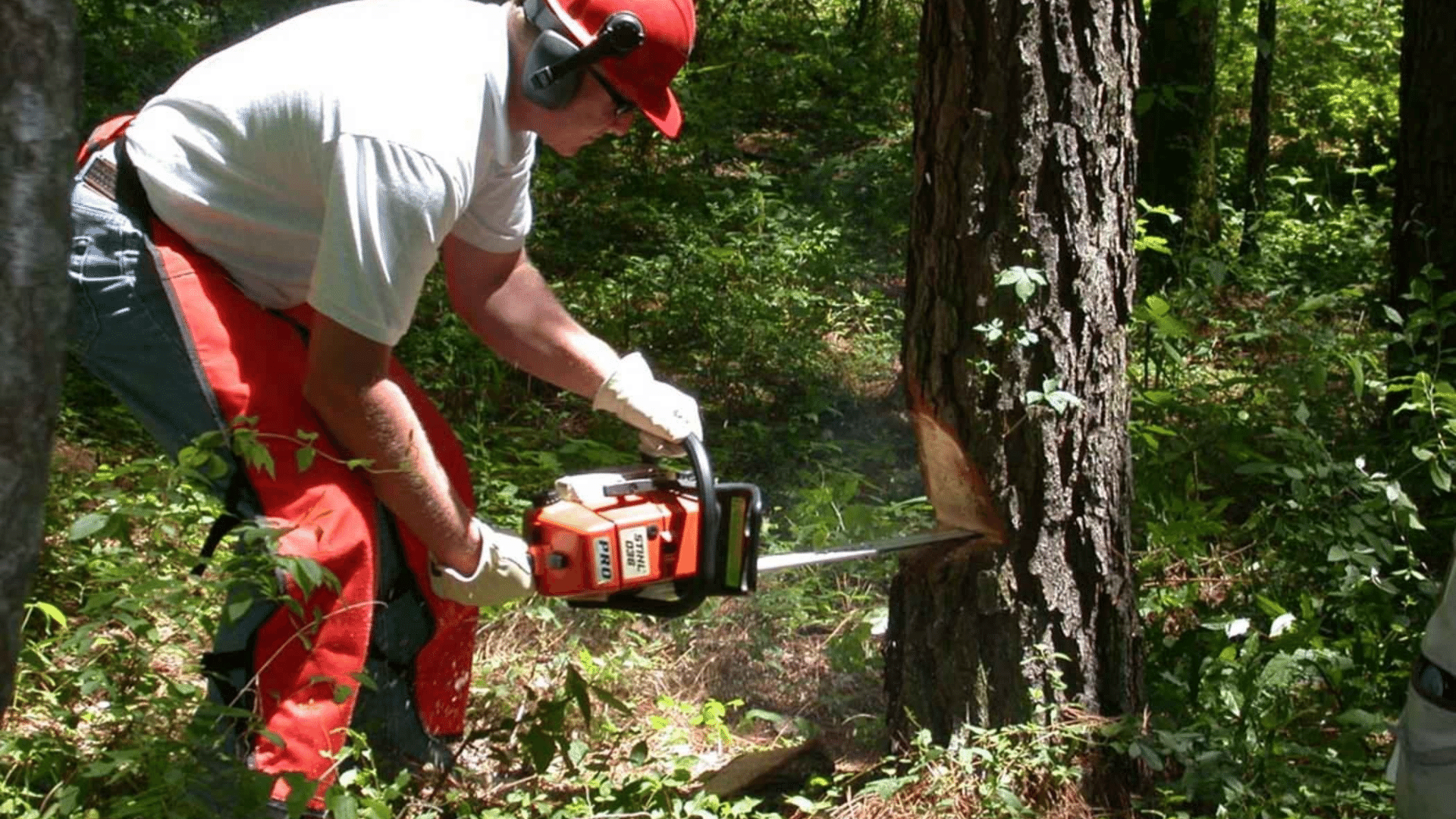
3. Don't underestimate a chainsaw
The use of chainsaws in tree work, landscaping, and various forms of outdoor maintenance is widespread due to their efficiency in cutting wood.
However, the power and potential danger of operating a chainsaw cannot be underestimated.
Chainsaws are complex tools that demand respect, awareness, and a significant amount of skill and knowledge to operate safely.
The statistics on chainsaw injuries underscore the risks involved; with over a thousand injuries reported annually in Australia alone, the message is clear: chainsaw safety is paramount.
Recognising the Risks
Chainsaws are capable of causing severe injuries or even fatalities due to their sharp, fast-moving chains. Common injuries include cuts to the legs, arms, hands, and face, many of which can be life-altering. The potential for kickback, where the chainsaw's bar jerks back towards the operator, poses a significant risk, especially without proper technique and safety equipment.
Safety Measures and Best Practices
To mitigate the risks associated with chainsaw use, adhere to the following safety measures and best practices:
- Proper Training: Before using a chainsaw, obtain comprehensive training from a qualified instructor. Understand the operational mechanics of the chainsaw, safety features, and correct cutting techniques.
- Use of PPE: Always wear appropriate Personal Protective Equipment (PPE), including a helmet with a face shield, hearing protection, cut-resistant clothing (e.g., chainsaw chaps or pants), gloves, and steel-toed boots.
- Chainsaw Maintenance: Regularly maintain your chainsaw to ensure it is in good working condition. This includes sharpening the chain, ensuring the chain brake is functional, and checking that all safety features are operational.
- Kickback Awareness: Understand what causes kickback and how to reduce its risk by using proper cutting techniques and maintaining a firm grip with both hands.
- Work Environment: Clear the area of tripping hazards and ensure you have a stable footing and ample room to move. Be aware of your surroundings, including the location of other people, pets, and potential obstacles.
- Plan Your Cuts: Before making a cut, plan your action. Consider the direction of the tree or branch fall and ensure you have a clear escape path.
- Avoid Working Alone: Whenever possible, avoid using a chainsaw alone. Having someone nearby in case of an emergency can make a significant difference in the outcome of an accident.
When to Call a Professional
Given the inherent dangers of chainsaw use, there are many scenarios where it is advisable to hire a professional, especially for:
- Large Trees: The felling of large trees requires expertise in directional cutting and an understanding of how the tree will react once it starts to fall.
- Working at Heights: Trimming or removing branches from elevated positions should not be attempted without proper training and safety equipment.
- Close Proximity to Structures: Trees or branches near homes, power lines, or other structures require precise cutting to avoid causing damage.
While chainsaws are powerful and useful tools, their potential for causing serious injury demands a cautious and educated approach to their use.
By respecting the power of the chainsaw, investing in proper training and PPE, and recognising when to call in experienced professionals, individuals can significantly reduce the risk of injury. Remember, prioritizing safety is paramount when dealing with such a dangerous tool. Don't be a statistic; ensure you and those around you are protected by adhering to best practices in chainsaw safety.
4. Beware of a rotting tree.
Dealing with a rotting tree on your property can present a deceptive and dangerous challenge. At first glance, one might assume that the weakened state of a rotting tree would make it easier to remove. However, this assumption overlooks the unpredictable nature and inherent risks of dealing with compromised tree structures. The reality is that rotting trees pose significant safety hazards, not just in terms of potential property damage, but more importantly, in terms of personal injury.
Understanding the Risks
- Unpredictable Behaviour: The internal decay in a rotting tree compromises its structural integrity, making it unpredictable during cutting. A tree that appears solid on the outside may be hollow or significantly weakened on the inside, leading to unexpected collapses or falls.
- Increased Brittleness: Rot makes wood brittle, which can cause the tree to break apart in an uncontrolled manner when force is applied, such as during cutting. This brittleness increases the likelihood of the tree or branches crumbling and falling prematurely, potentially in an unintended direction.
- Compromised Safety Measures: Standard tree removal techniques and safety measures may not be effective on rotting trees. For example, the usual methods for predicting and controlling the direction of a tree's fall are less reliable when the tree's structure is weakened by decay.
- Hidden Hazards: Rotting trees can also harbour pests and diseases, posing additional risks to those attempting to remove the tree. These biological factors can further weaken the tree, complicating removal efforts.
Why Professional Help is Essential
Given the dangers associated with rotting trees, it's crucial to enlist the help of professional arborists or tree removal specialists. Professionals bring several key advantages to the task:
- Expertise and Experience: Arborists have the training and experience to assess the condition of a rotting tree accurately, including understanding how the decay affects its stability. They can determine the safest approach to removal.
- Proper Equipment: Professionals have access to specialised equipment that can handle the challenges of removing a rotting tree, such as cranes and heavy-duty chainsaws. This equipment, combined with their expertise, allows for safer and more controlled removal.
- Safety Protocols: Professional tree removal services follow strict safety protocols designed to protect not just the workers, but also your property and bystanders. They can implement measures such as securing the area and using controlled techniques to guide the tree's fall.
- Insurance: Reputable tree removal services carry insurance that covers potential damages or injuries during the removal process. This provides an added layer of protection for homeowners.
While it may be tempting to attempt removing a rotting tree on your own, especially if it appears to be a straightforward task, the risks involved cannot be overstated.
The unpredictable and brittle nature of decayed wood makes it a job best left to professionals who have the skills, equipment, and safety measures in place to handle the task effectively and safely.
Always prioritise safety and seek professional assistance when dealing with rotting trees on your property.
A big mistake is to believe a rotting tree, because it is probably brittle, will be easy to cut down. The reality is that brittleness just increases the chance the tree will crumble and fall before you want.
For your safety, rotting trees should always be left to the professionals.
5. What about the stump?
The removal of a tree is often just the first step in addressing landscape changes, safety concerns, or pest management.
What remains—the stump—can be an overlooked aspect of tree removal, yet it presents its own set of challenges and considerations. Stump removal or management is an essential part of the process, not only for aesthetic reasons but also for safety and health concerns associated with leaving a stump in place.
Challenges Posed by Tree Stumps
- Aesthetic Concerns: Stumps can be unsightly, disrupting the overall appearance and cohesion of your landscape design. They can make a well-maintained yard look neglected.
- Safety Hazards: Stumps can pose significant trip hazards, especially in grassy areas where they may not be immediately visible. This is a concern in spaces used by children, the elderly, or during outdoor activities.
- Pest Attraction: Decaying stumps are ideal habitats for termites, ants, and other wood-boring pests. These pests can eventually spread to healthy trees and even buildings, causing significant damage.
- Disease Host: Stumps from diseased trees can harbor pathogens, which may pose a risk to other plants in your garden. Fungi, in particular, can thrive on dead wood, spreading to nearby trees and plants.
- Obstruction: Stumps can interfere with new plantings, landscaping projects, and even routine lawn maintenance, making mowing and trimming more challenging.
Options for Stump Removal
Dealing with a tree stump requires careful consideration of the methods available, each with its advantages and drawbacks:
- Stump Grinding: This is the most common professional method for removing stumps. A stump grinder is used to mechanically grind out the stump, leaving wood chips that can be used as mulch. Stump grinding is effective and quick but typically leaves the roots in the ground, which will decay over time.
- Chemical Rotting: Chemicals can be applied to accelerate the decomposition of the stump. This method is less labour-intensive but requires patience, as it can take several months for the stump to decompose sufficiently to be removed easily.
- Manual Removal: For smaller stumps, manual removal with shovels, picks, and pry bars might be feasible. This method is labour-intensive and may not be practical for large stumps or stumps with extensive root systems.
- Burning: In some areas, burning may be an option for stump removal. However, this method is subject to local regulations due to fire risk and environmental concerns. It should only be considered where legally permissible and safe to do so.
- Natural Decay: Allowing a stump to naturally decay is the least labour-intensive option, but it takes the longest. Encouraging natural decay can involve drilling holes in the stump and filling them with high-nitrogen substances or compost to speed up the process.
After Stump Removal
Once the stump is removed, homeowners are often left with a hole in the ground and a substantial amount of wood chips or debris.
Filling the hole with topsoil and planting grass seed or other vegetation can help restore the appearance of the area. If stump grinding was used, the remaining wood chips can be spread as mulch in garden beds or around trees to improve soil moisture retention and add organic matter to the soil as they decompose.
The removal of a tree stump is a crucial step in the tree removal process, addressing both aesthetic and practical concerns. Whether opting for mechanical, chemical, or manual removal methods, it's essential to consider the size of the stump, the cost involved, and the intended future use of the area. In many cases, consulting with a professional arborist or stump removal service can provide guidance on the best approach for your specific situation, ensuring that the removal is conducted safely and effectively.

6. Always get some help.
The notion of independently tackling tree removal or major pruning tasks in one's backyard can be tempting for the DIY enthusiast.
However, the risks associated with tree work cannot be overstated.
Trees are complex organisms, and their removal or trimming involves unpredictable variables that can lead to serious injury or even death. The presence of an observer, or better yet, assistance from someone with knowledge and experience, is not just advisable—it's a critical safety measure.
The Importance of Having Help
- Safety Monitoring: An observer can keep a lookout for potential hazards that may not be apparent to the person performing the work. This includes monitoring the tree's response to cuts or changes in tension that could indicate an imminent fall or shift.
- Emergency Response: In the event of an accident, having someone on hand can make a crucial difference in response time, whether it's providing immediate first aid or calling for emergency services. The difference in outcomes can be significant with prompt assistance.
- Assistance with Tasks: Tree work often involves managing heavy limbs, operating equipment, or setting up safety gear. Having help can make these tasks safer and more efficient, reducing the risk of injury from overexertion or mishandling equipment.
- Decision Making: A second pair of eyes can be invaluable for making judgment calls during the process, such as deciding on the best angle for a cut or determining the direction of a tree's fall. This collaborative approach can help mitigate risks.
Strategies for Ensuring Safety
- Professional Guidance: For significant tree work, hiring a professional arborist or tree service is the safest option. Professionals have the training, experience, and equipment to safely manage tree removal and pruning tasks.
- Education and Training: If engaging in smaller scale tree work, educate yourself on proper techniques, safety protocols, and the use of personal protective equipment (PPE). Consider attending workshops or training sessions if available.
- Preparation: Before starting any tree work, plan thoroughly. This includes inspecting the tree and the surrounding area for hazards, preparing the necessary equipment, and discussing roles and emergency procedures with any helpers.
- Communication Equipment: Have a means of communication readily available, such as a mobile phone, especially if working in a remote area. This ensures you can call for help if needed.
- PPE: Ensure that anyone involved in the tree work, even observers, wears appropriate personal protective equipment, including helmets, eye protection, gloves, and sturdy footwear.
The Risks Are Real
The potential dangers of tree work are not limited to amateur attempts; even professionals face risks. However, professionals are trained to assess and manage these risks effectively.
For homeowners, understanding when to call in a professional is as important as knowing how to safely perform simpler tasks.
Always err on the side of caution, and remember that no tree work is worth risking personal safety.
In summary, while the DIY approach to tree work may seem feasible for small tasks, the unpredictability and potential dangers involved make it essential to have assistance. Whether it's a professional team or a knowledgeable observer, the additional support can provide the necessary safety oversight, emergency response capability, and decision-making assistance to prevent accidents and ensure a successful outcome.
7. Don't be complacent.
The casual and often optimistic 'She'll be right' attitude, while reflective of a laid-back approach to life, can lead to significant risks when it comes to tree removal.
Tree work is inherently dangerous and requires careful planning, respect for safety protocols, and often, adherence to local regulations.
Complacency in this context can have serious consequences, ranging from personal injury to legal repercussions.
Risks of Complacency in Tree Removal
- Personal Injury: The most immediate risk of a complacent attitude towards tree removal is the potential for personal injury. Tree removal involves working at heights, handling heavy equipment, and dealing with unpredictable natural forces. Without proper safety measures, the risk of falls, cuts, and other injuries is significantly increased.
- Property Damage: Incorrectly estimating the fall path of a tree or branch can lead to property damage, not only to your own property but potentially to neighbors' properties as well. Repairing such damage can be costly and may also sour relationships with those living nearby.
- Legal and Financial Consequences: Many local councils and municipalities have regulations in place regarding tree removal. These laws are designed to protect native vegetation, wildlife habitat, and the aesthetic value of the area. Removing a tree without the necessary permit can result in fines and legal action. Moreover, if a tree that was removed without permission falls and causes damage or injury, the legal and financial ramifications can be even more severe.
How to Avoid Complacency
- Education and Training: Educate yourself on the proper techniques and safety measures for tree removal. Consider professional training if you plan to undertake the work yourself.
- Consult Professionals: For large trees, or trees located near structures or power lines, consulting a professional arborist or tree removal service is the safest approach. Professionals have the experience, equipment, and knowledge to safely remove trees.
- Understand Local Regulations: Before attempting any tree removal, check with your local council or municipality to understand the regulations and permit requirements. This step is crucial to avoid legal issues and fines.
- Safety First: Always prioritise safety over convenience. Use the appropriate personal protective equipment (PPE), ensure the work area is secure, and never work alone.
- Plan Thoroughly: Assess the tree and the area around it carefully before beginning work. Consider factors like the tree's health, the direction of the wind, and potential obstacles in the tree's fall path.
While the 'She'll be right' attitude embodies a positive outlook, tree removal demands a more cautious and prepared approach. The potential consequences of complacency in this context underscore the importance of safety, legality, and professionalism.
By respecting the complexities and dangers associated with tree work, individuals can avoid unnecessary risks and ensure that tree removal is conducted safely and legally.
Always prioritise safety, seek professional advice when needed, and adhere to local regulations to protect yourself, your property, and your community.
Beware of the Risks
The process of tree removal, or even the seemingly simpler task of trimming dead branches, carries inherent risks that should not be underestimated. This work involves not just the physical act of cutting and removing tree parts but also a deep understanding of tree biology, physics, and the use of potentially dangerous tools. Professionals in tree removal and arboriculture are trained to navigate these complexities safely, which underscores the importance of relying on their expertise for such tasks.
Understanding the Risks
- Falling Branches and Trees: The unpredictable nature of falling branches and trees presents a significant risk. Arborists understand how to calculate the fall path and use techniques to control it, minimising the risk to people and property.
- Use of Dangerous Equipment: Chainsaws, wood chippers, and even climbing gear can be hazardous if not used correctly. Professionals are not only trained in the safe operation of this equipment but are also equipped with the necessary personal protective equipment (PPE).
- Working at Heights: Tree work often requires working at significant heights, which introduces risks of falls and injuries. Professional tree workers are trained in climbing and aerial lift use, and they know how to secure themselves and their tools safely.
- Electrical Hazards: Trees located near power lines pose a serious risk of electrocution. Arborists are trained to work safely around power lines, and in many jurisdictions, only certified professionals are legally allowed to work within a certain distance of them.
- Property Damage: Incorrectly estimating the weight and fall path of tree limbs can lead to property damage. Professionals plan removals carefully to avoid such incidents.
Why Professional Help is Essential
- Risk Assessment: Arborists can assess the health and structure of a tree to determine the safest approach to its removal or pruning. They can identify potential risks that may not be apparent to the untrained eye.
- Efficiency and Effectiveness: Thanks to their training and experience, professionals can perform the work more efficiently and effectively, reducing the time and potential for accidents.
- Insurance: Reputable tree removal services carry insurance that covers potential damages and injuries that might occur during the work, offering peace of mind to homeowners.
- Legal Compliance: Professionals are familiar with local regulations regarding tree removal and can ensure that the work is compliant, avoiding potential fines or legal issues for the homeowner.
While the cost of hiring professional tree removers or arborists may seem high, the investment significantly outweighs the risks of personal injury, property damage, and legal complications. Whether the task at hand is as small as trimming a dead branch or as significant as removing an entire tree, the safety of individuals and the protection of property should always be the priority. By relying on the expertise of professionals, homeowners can ensure that tree work is done safely, efficiently, and in compliance with local regulations, safeguarding both their well-being and that of their loved ones.
Call us at Kaptol Tree Removal for the best solution.


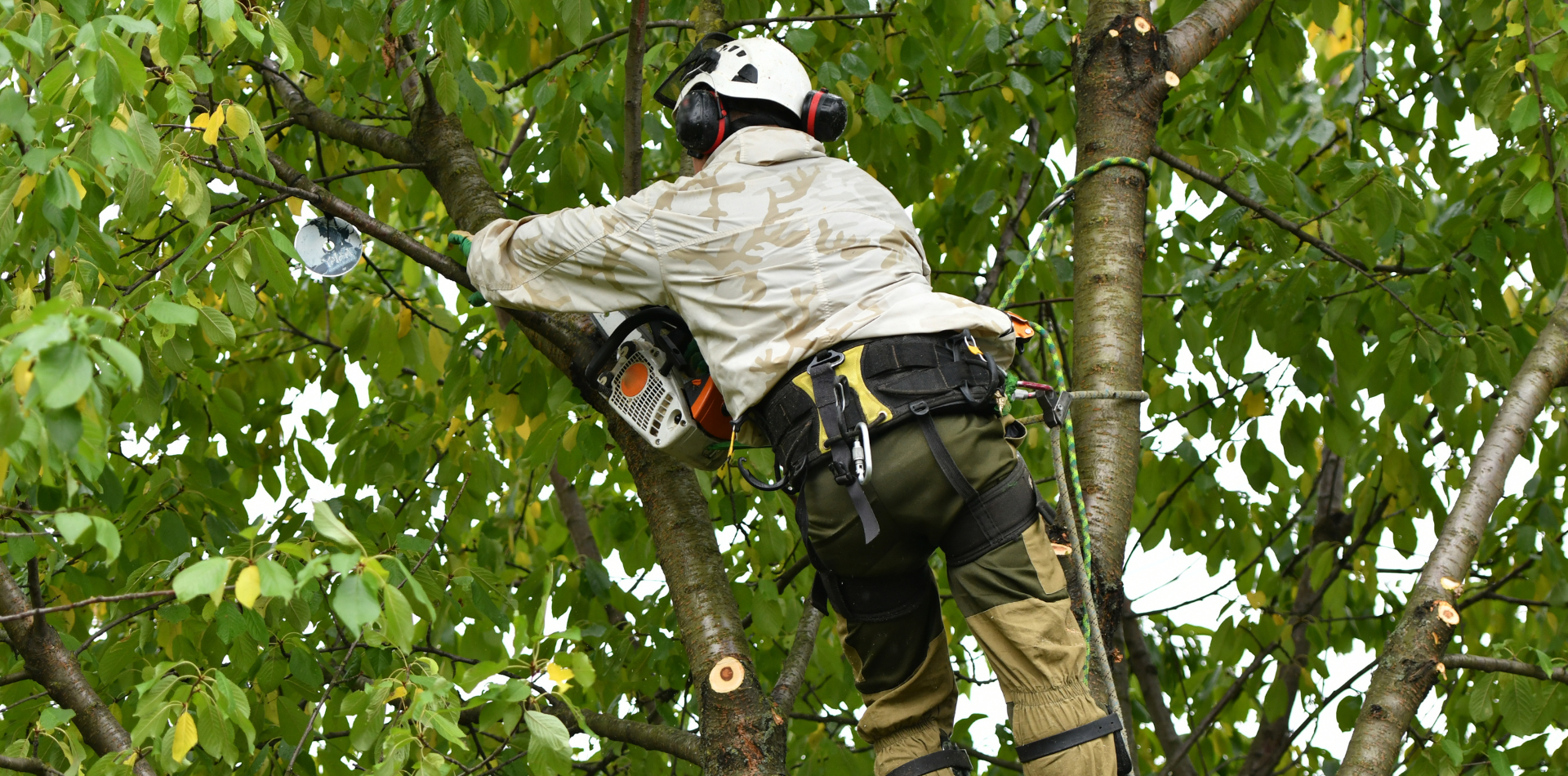
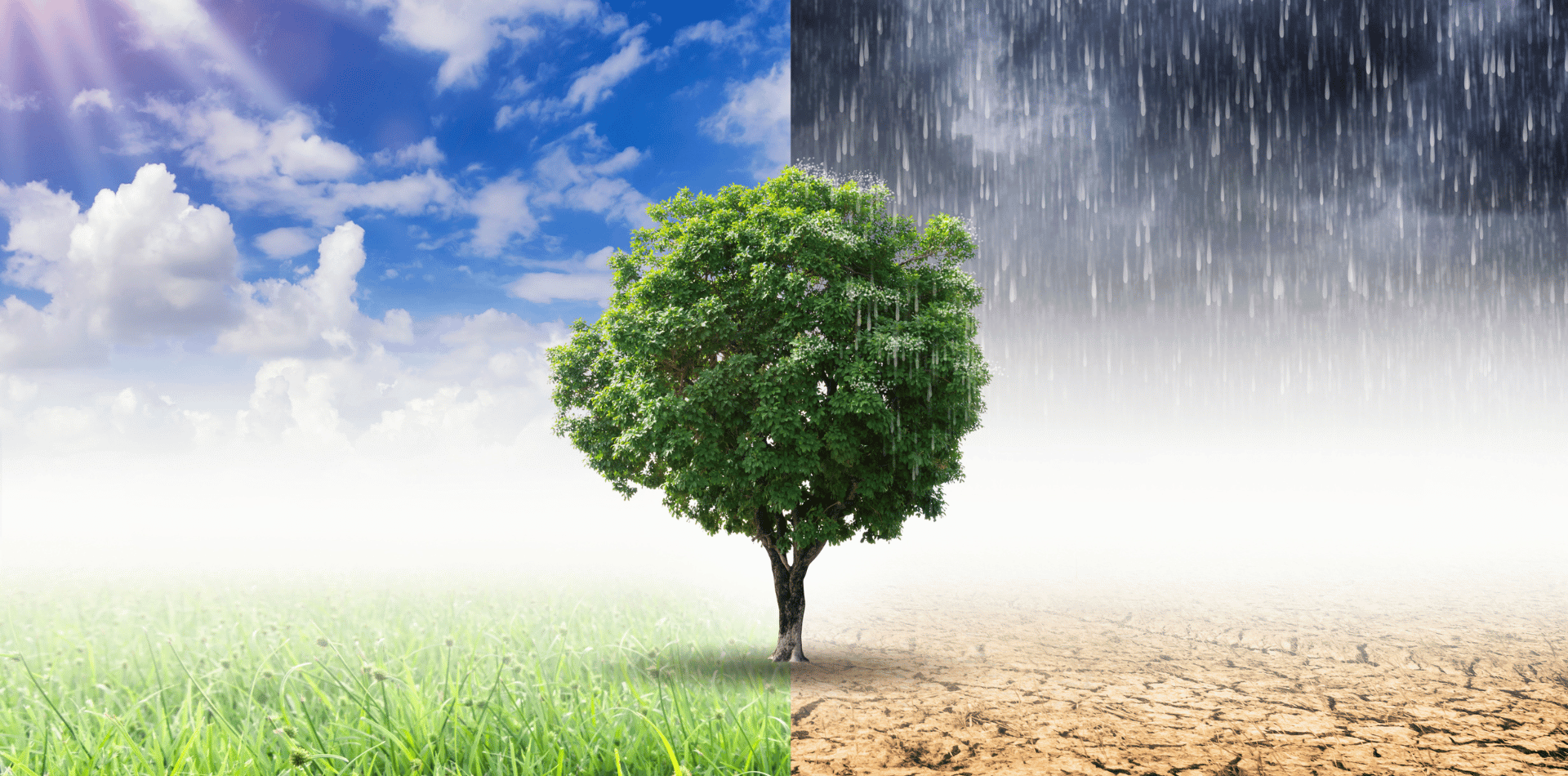

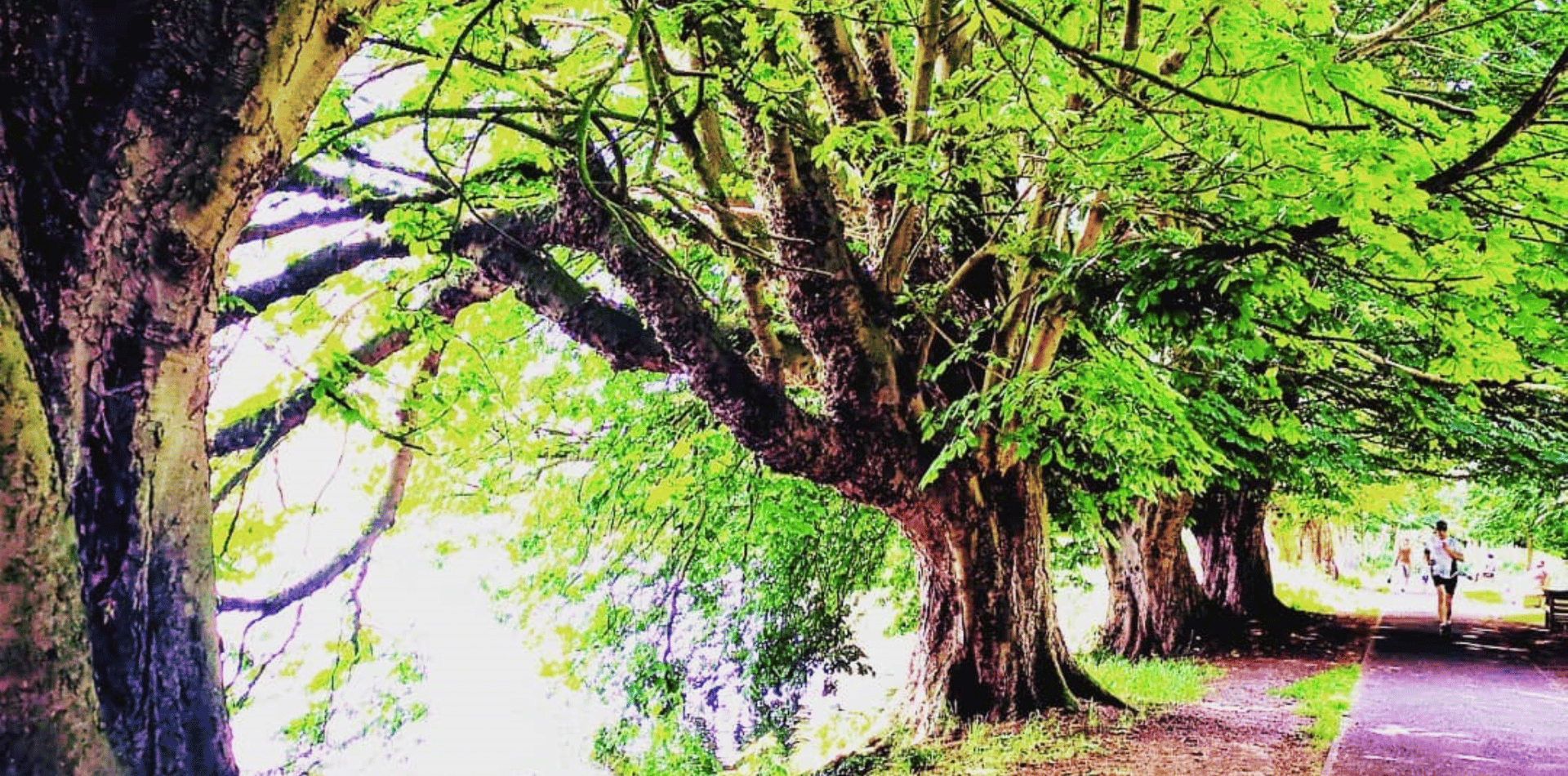
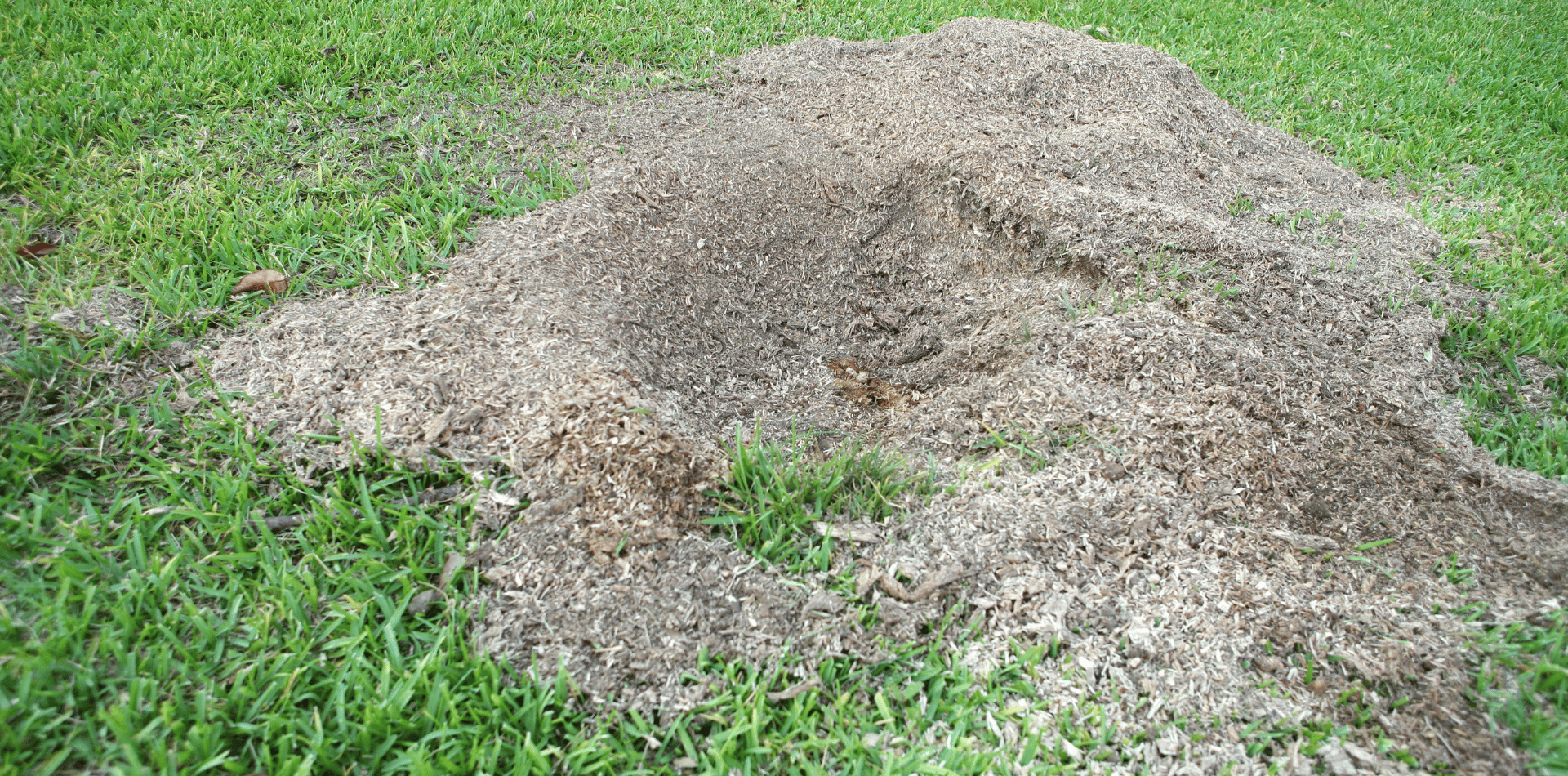

Contact
Kaptol Tree Removal Newcastle
A Member of the Kaptol Group
Powered by Kaptol Media

